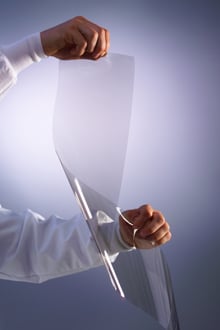Copyright 2014 Robert Clark
Why NASA and Congress Spent Four Hours Shouting At Each Other About Russia.
April 8, 2014 // 04:17 PM EST
http://motherboard.vice.com/read/why-nasa-and-congress-spent-four-hours-shouting-at-each-other-about-russiaApril 8, 2014 // 04:17 PM EST
The congressmen kept asking for a short-term contingency plan to return America to space in case of seriously deteriorating U.S/Russia relations and Bolden kept responding with the three-year plan to have commercial crew flying. But there is a shorter term plan. BOTH SpaceX and Boeing have said they could be flying crew by next year with funding. So if the congressmen want a shorter term contingency plan, provide that required extra funding.
At the Humans 2 Mars 2014 conference I asked Bolden about such a contingency plan. It's about at the 15 minute mark in this video:
He responded that SpaceX has not been selected yet as the crew launch provider. OK, then also fund Boeing so they can also return crew to the ISS by 2015.
There has been talk in Congress of only having one crew launch provider. I strongly disagree with that plan. We all saw what can happen when you only have one launch provider and that one goes down, as happened with the shuttle. SpaceX is furthest along so they should be one of the providers. But on the other hand the Boeing capsule would be carried on the Atlas V which has had a remarkable string of successful launches, which SpaceX is nowhere near to matching yet.
Russian Deputy Prime Minister Dmitry Rogozin mocked the U.S. space sanctions against Russia saying NASA would need to get a trampoline to get its astronauts to the ISS. This led Elon Musk to state through his twitter account that SpaceX would be revealing its man-rated Dragon 2 at the end of May:
Now, if SpaceX is flying their own crews to LEO in 2015 and there is still a strained relationship between the U.S. and Russia then, then it would be extremely embarrassing for NASA to still be paying Russia to ferry NASA astronauts to the ISS when SpaceX will already be flying American crews to LEO.
A solution would be for NASA to at least draw up a contingency plan including cost estimates of how much extra funding it would take to also take NASA astronauts to the ISS. Then the onus would be on Congress to decide if they want to provide NASA with the extra funding to do so.
Bob Clark










